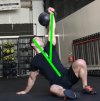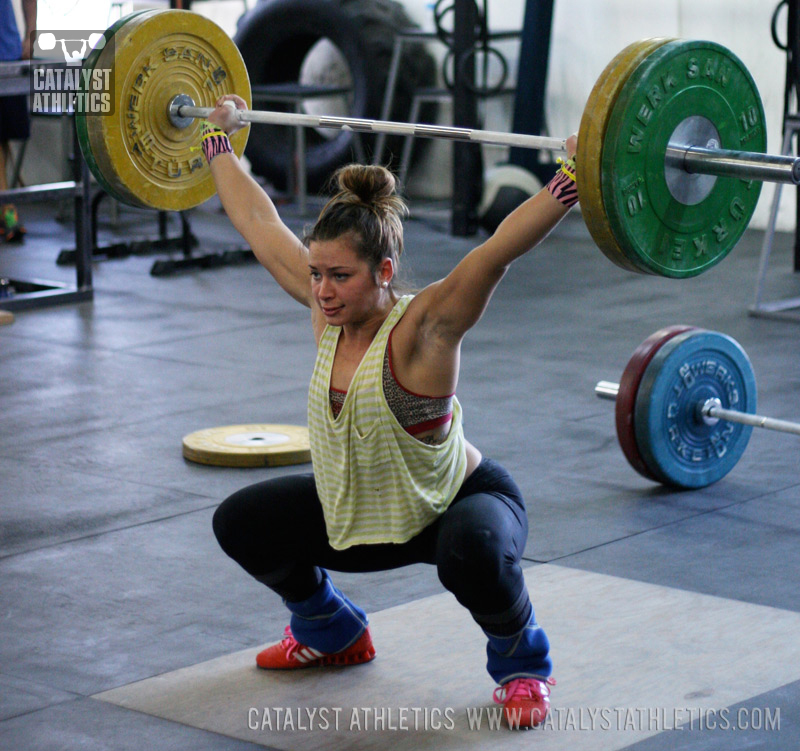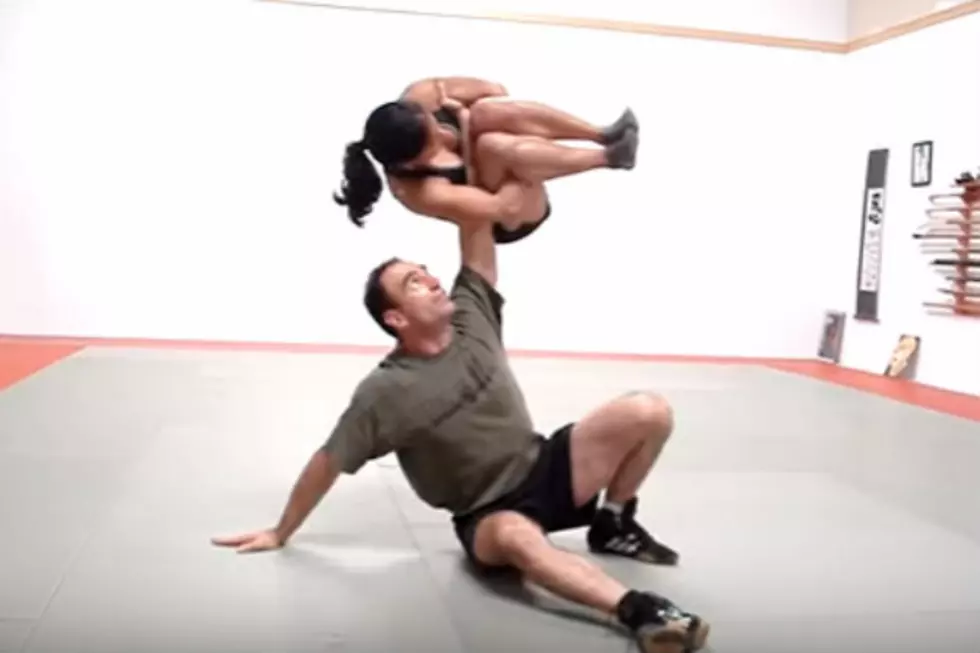I'm not sure what angle you're talking about? What angle do hangs get that TGU doesn't?
Both movements include a full overhead position (that is the only one that dead hangs include). With the TGU you need active upward rotation of the scapula to achieve that, versus with a dead hang that scapular rotation is largely passive, so if you can do it with a dead hang but not with TGU then it's a strength / stability issue, not an issue of the position.
Instructors who teach the TGU sometimes forget how sloppy TGUs can get when they are done by untrained individuals. Not to say this is the case with @barrak. But what I have seen, here on the forum and also in my gym among people that I'm not training, is that someone can do a TGU without a good overhead position. You just sort of keep the bell "up there somewhere" and it's possible to do the whole movement without a good elbow lock, biceps is nowhere near the ear, wrist may not be straight, even the body may not be standing up straight in the standing position. So in that case, the described objectives would not be achieved.



